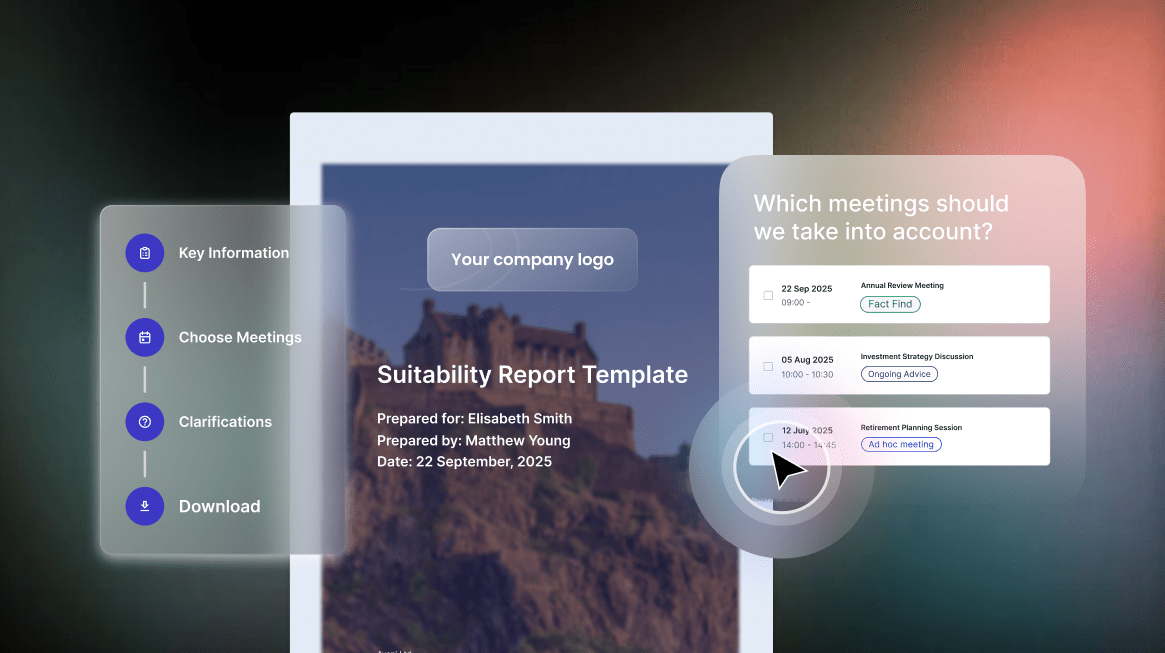Financial services run on numbers, not words. Yet for too long, AI models have fallen short when asked to reason over the structured, tabular data that powers balance sheets, regulatory reports, client portfolios, and risk models. That changes with the development of Aveni’s FinLLM-7B-v1.5, which has delivered a decisive performance breakthrough in financial tabular reasoning, surpassing the likes of OpenAI’s GPT 4o mini, Meta-Llama, and IBM’s Granite, on financial tabular reasoning benchmarks.
FinLLM’s Performance: A Clear Advantage
The new FinLLM-7B-v1.5 model achieves:
- A 4% performance gain over its base predecessor (FinLLM 7B v1)
- Outperforming GPT 4o mini by 9.5%
These gains are not marginal. In the domain of financial tabular reasoning, where even small improvements can significantly impact outcomes, this is a substantial leap. The table included in the recent performance report shows FinLLM-7B-v1.5 achieving a Financial Tabular Reasoning score of 0.3762 and a Finance Average score of 0.5139, both well ahead of competing similar sized models such as:
- Mistral-7B-Instruct (0.1598 tabular score)
- Meta-Llama-3.1-8B (0.2441 tabular score)
- OLMo-2-7B-Instruct (0.1267 tabular score)
This positions FinLLM not only as a best-in-class financial model but also as a leader in tabular data understanding, a crucial capability of any GenAI solution working within fraud detection, financial reporting or market analysis
These results mean that financial institutions can automate complex data analysis with greater confidence, reducing manual effort while increasing speed and accuracy. In practice, this leads to faster reporting, better risk management, and more informed decision-making, ultimately driving efficiency and competitive advantage.
The Secret Behind FinLLM’s Success
FinLLM’s impressive performance comes down to three smart innovations that help it understand financial data better than other models:
Smarter Learning with More Data: The model was trained on hundreds of thousands of examples covering a wide variety of financial topics, helping it learn the language, patterns, and reasoning used across the industry.
Practice with Realistic Financial Scenarios: By using specially created synthetic financial tables, designed to mimic the kind of documents and reports used in real businesses, FinLLM has learned how to handle the complex numbers and structures found in the real world.
More Efficient Training: We carefully trained the model in stages, starting with general financial knowledge and then focusing on more specific finance tasks. This careful process helped the model keep its broad understanding while getting better at specialised tasks. The final fine-tuning step built on this strong base to maximise overall performance.
Together, these innovations mean FinLLM can deliver powerful results without needing huge volumes of sensitive financial data, making it both practical and scalable for real business applications.
Why This Matters for Financial Services
1. Enhanced Decision Support
Financial institutions often rely on vast amounts of structured data: balance sheets, income statements, regulatory filings, transaction logs, and more. Traditional language models struggle with reasoning over this kind of information. FinLLM’s superior tabular reasoning capabilities mean it will be able to more accurately interpret, compare, and extract insights from these tables, supporting better, faster decision-making.
2. Risk & Compliance Automation
Tabular data is central to risk models, stress testing, and compliance reporting. FinLLM’s strengths here could automate or semi-automate these processes, ensuring higher accuracy, consistency, and regulatory alignment.
3. Personalised Client Reporting
Wealth managers, insurers, and private banks spend significant resources producing bespoke client reports that often involve tabular financial summaries. FinLLM can generate accurate, narrative-driven explanations of financial tables automatically, saving time while enhancing client experience.
4. Fraud Detection & Forensic Analysis
In fraud detection and audit scenarios, large volumes of transaction tables need to be analysed for anomalies and patterns. FinLLM could assist by pre-filtering data, flagging inconsistencies, and even explaining them in natural language.
Practical Use Cases for Heavy Tabular Data Analysis
For organisations handling large volumes of structured financial data, FinLLM opens the door to a range of new possibilities:
| Use Case | Description |
| Automated Financial Summarisation | Turn raw financial statements into insightful executive summaries with key metrics highlighted. |
| Portfolio Analysis & Rebalancing | Automatically analyse portfolio performance tables and suggest rebalancing strategies based on historical and real-time data. |
| Regulatory Report Generation | Generate compliant regulatory filings (e.g. Basel III, IFRS 9) from source data tables with traceable reasoning. |
| Credit Risk Evaluation | Evaluate credit applicants by reasoning over complex income, asset, and liability tables. |
| Insurance Claims Review | Process and validate claim tables for inconsistencies, prior claims, and policy breaches. |
The Road Ahead
With its latest tabular-focused release, FinLLM demonstrates that domain-specialised models can outperform generalist models by a significant margin in high-stakes industries like finance. By building on robust datasets, synthetic augmentation, and efficient fine-tuning, FinLLM delivers not just higher scores but tangible business value.
As financial services increasingly move towards automation, explainability, and real-time decision-making, models like FinLLM-7B-v1.5 will play a pivotal role in shaping the future.






